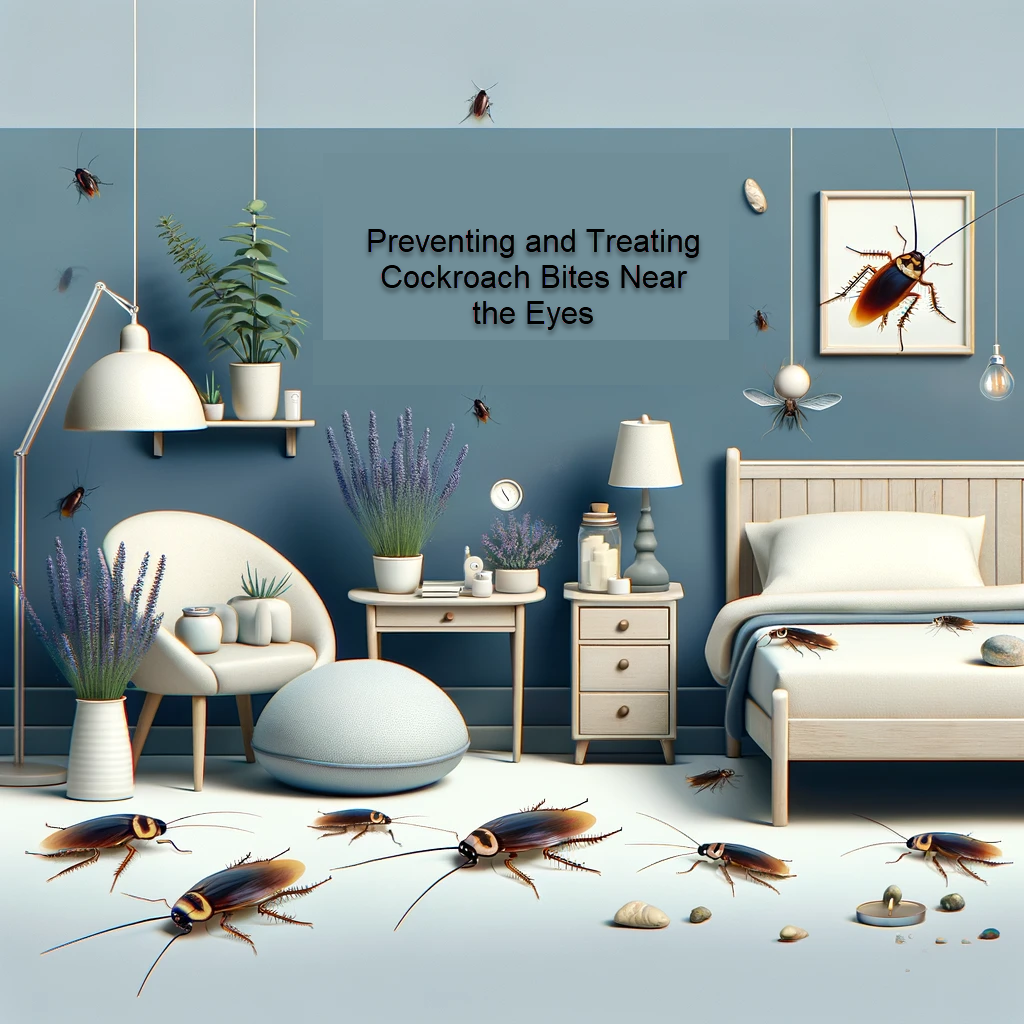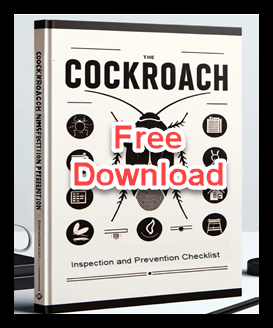Cockroach Bite Near the Eye
 Understanding Risks and Prevention
Understanding Risks and Prevention
A nocturnal rustle, a sudden brush against your face, and the unthinkable happens—a cockroach comes into close contact with your eye. While the mere thought might send shivers down your spine, questions about the risks, treatments, and prevention of such an incident are valid and demand attention. This post dives into the reality of cockroach bites near the eye, offering insights into health implications, immediate steps for treatment, and strategies to prevent future encounters.
Understanding the Risks
Can Cockroaches Bite Your Eye?
First and foremost, it’s essential to clarify that cockroaches are not known to intentionally bite humans. However, in extremely rare cases, they might nibble on eyelashes, dead skin, or residues near the eyes if food sources are scarce. Such incidents are uncommon but can cause discomfort, irritation, or even infection due to bacteria cockroaches carry.
Health Implications and Symptoms of Cockroach Bite
- Infection Risk: Cockroaches can carry pathogens that might lead to infections if introduced to the eye area.
- Allergic Reactions: Some individuals may experience allergic reactions to cockroach saliva, exacerbating the irritation.
Cockroach Bites Treatment
If you suspect a cockroach has made contact with your eye or eyelid, taking prompt action can help mitigate risks:
- Rinse Your Eye: Gently wash the affected eye with clean, lukewarm water or saline solution to remove any debris or bacteria.
- Avoid Rubbing: Rubbing can cause further irritation or spread contaminants. Try to keep the eye closed and blink gently to promote natural tear production.
- Seek Medical Advice: If you experience persistent irritation, redness, or any vision changes, consult a healthcare professional immediately.
Prevention Tips for Cockroach Bite Near the Eye
Minimizing the chances of cockroach encounters, especially near sleeping areas, is key to avoiding such incidents:
- Maintain Cleanliness: Regularly vacuum and declutter to reduce cockroach hiding spots.
- Seal Entry Points: Inspect and seal cracks around windows, doors, and walls to prevent cockroach entry.
- Store Food Properly: Keep food in sealed containers and clean up crumbs and spills promptly.
- Use Natural Repellents: Essential oils like peppermint or lavender can deter cockroaches when applied around potential entry points.
Understanding Cockroach Behavior
Cockroaches are opportunistic feeders, drawn to human habitats in search of food and moisture. Their nocturnal nature and tendency to explore may lead them into close contact with humans, though such incidents are rare and not driven by aggression.
Conclusion: Safety and Vigilance
While the likelihood of a cockroach bite near the eye is low, understanding the potential risks and knowing how to respond is crucial for peace of mind. By adopting preventive measures and maintaining a clean, secure living environment, you can significantly reduce the chances of unwelcome cockroach encounters. Remember, knowledge and preparedness are your best tools in ensuring your nights remain undisturbed by pests.
- The Life Span of a Cockroach
- Do Cockroaches Eat Clothes?
- Do Cockroaches Have Teeth?
- Shrimps and Cockroaches
- Will Sleeping with the Light On Keep Cockroaches Away?
- How to get roaches out of your car overnight
- Do Cockroaches Feel Pain?
- How Many Legs Do Cockroaches Have?
- Comparing Cockroach Eggs Size for Different Types of Cockroaches
- Identifying a Cockroach Bite on the Lips or Face
- Black Water Bug Identification and Control
- Why Do Water Bugs Come Out At Night?
- What Does Roach Rash Look Like?
- Can Cockroaches Bite Your Eyelid?
- Can Cockroaches Live in Your Balls?
- How did cockroaches get their name?
- Why Do Cockroaches Shed Their Skin?
- What Smell do Palmetto Bugs Hate?
- Baby Palmetto Bug: Identification and Control
- Cockroach Eggs vs Poop: How to Tell the Difference
- How to Get Rid of Water Bugs
- How Long Can a Cockroach Live Without Air?
- The Lifecycle of the German Cockroach: From Egg to Adult
- Do Mice Eat Roaches
- Wood Roach vs. Cockroach

